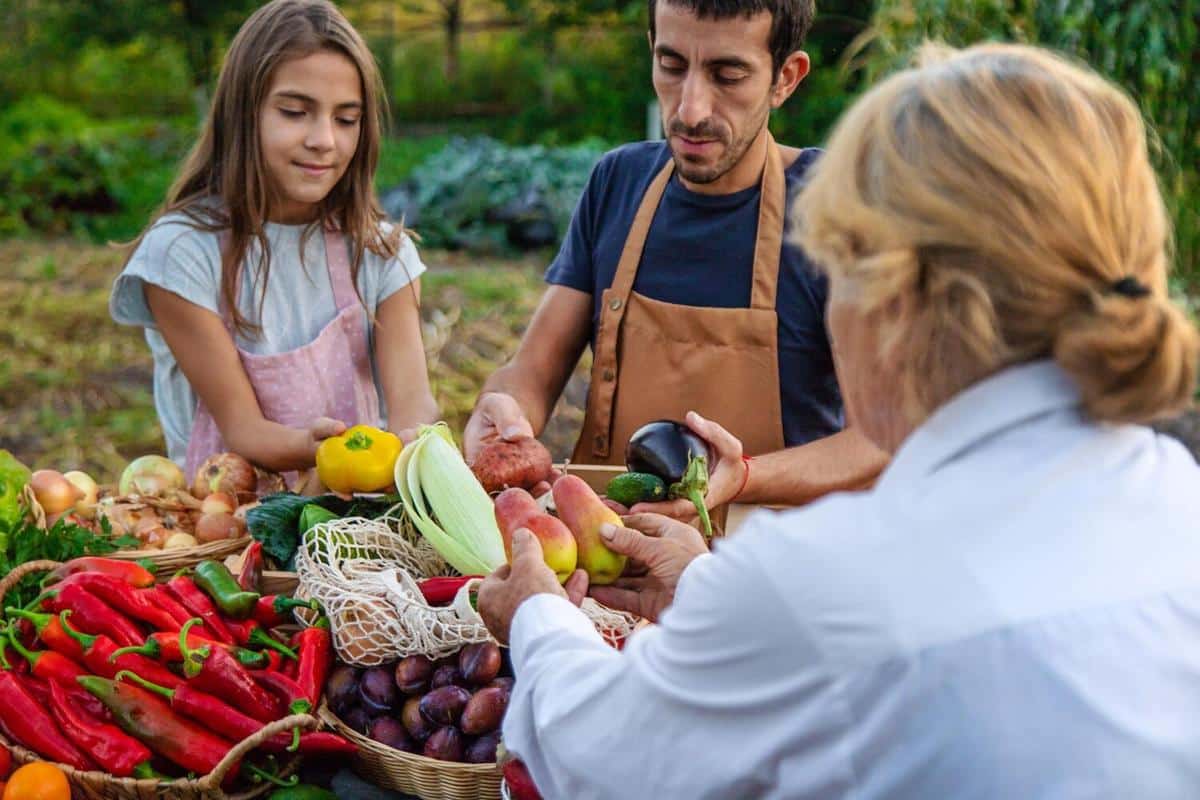
Harnessing the Power of Herbs and Spices for Sustainable Flavors
When you think about crafting sustainable dishes, herbs and spices might not be the first elements that come to mind. However, these flavor powerhouses play a crucial role in creating environmentally-friendly meals that are as kind to the planet as they are delicious.
Embracing herbs and spices in cooking has benefits beyond just taste. A report by the Food and Agriculture Organization highlights that these ingredients can significantly reduce reliance on resource-intensive animal products. By enhancing flavors naturally, they allow for the use of fewer resources, making them a sustainable choice for conscientious cooks.
Expert Insights
According to culinary expert Mark Bittman, “Using herbs and spices creatively can transform simple ingredients into extraordinary meals while keeping the environmental impact low.” This approach not only cuts down on waste but also encourages the use of local and seasonal produce.
Herbs and Spices: A Sustainable Choice
Research from the World Wildlife Fund indicates that increased use of plant-based ingredients can decrease greenhouse gas emissions. Herbs and spices can be grown in small spaces, like windowsills or gardens, providing a fresh and sustainable source of flavor.
Table of Sustainable Herbs and Spices
| Herb/Spice | Flavor Profile | Ideal Dishes | Growing Tips |
|---|---|---|---|
| Basil | Sweet, peppery | Pasta, salads | Needs full sun |
| Mint | Cool, refreshing | Teas, desserts | Thrives in part shade |
| Rosemary | Piney, woody | Roasts, breads | Prefers dry soil |
| Cilantro | Citrusy, aromatic | Salsas, curries | Full sun, well-drained soil |
| Cinnamon | Sweet, warm | Pastries, stews | Harvest bark from trees |
| Turmeric | Earthy, bitter | Curry, rice | Requires warm climate |
| Ginger | Spicy, pungent | Soups, teas | Needs moist soil |
| Thyme | Savory, minty | Soups, meats | Full sun, well-drained soil |
Personal Experience
I recall a time when I turned a simple vegetable soup into a family favorite by adding fresh thyme and rosemary from my garden. Not only did it enhance the flavor, but it also reduced the need for additional seasonings, aligning with my sustainable cooking goals.
Actionable Tips for Sustainable Flavor
- Grow your own herbs to reduce packaging waste.
- Experiment with spice blends to replace meat-based flavors.
- Support local farmers by purchasing fresh herbs from markets.
FAQs
How can herbs and spices reduce my carbon footprint?
By using them to enhance plant-based dishes, you decrease reliance on resource-heavy animal products.
Are fresh herbs more sustainable than dried ones?
Yes, fresh herbs often require less processing and packaging, making them a greener choice.
Conclusion
By harnessing the power of herbs and spices, you can create flavorful dishes that are not only delicious but also sustainable. This approach supports a healthier planet and a more mindful way of cooking. Start experimenting today and discover the vibrant world of sustainable flavors at your fingertips.


